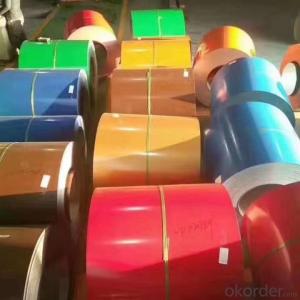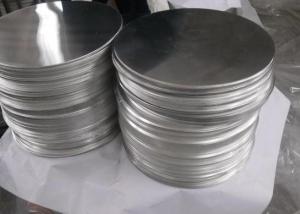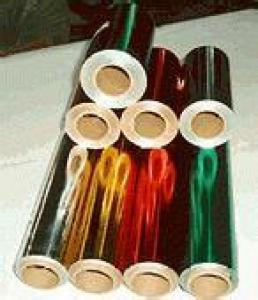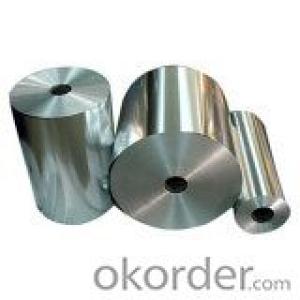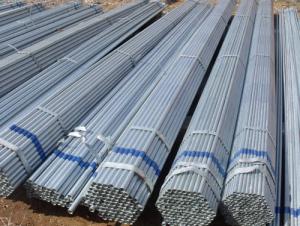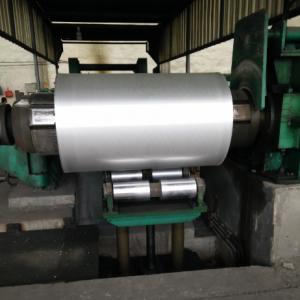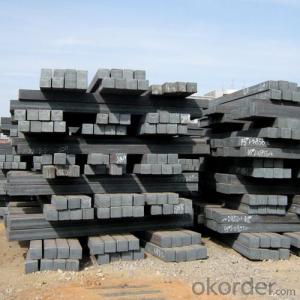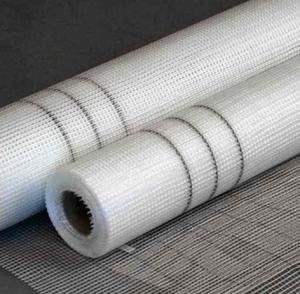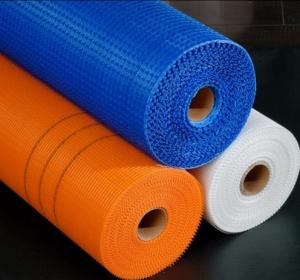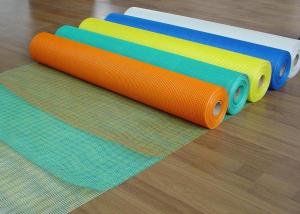PPGI PPGL PPAL GI GL Color coted steel coil
- Loading Port:
- QINGDAO
- Payment Terms:
- TT OR LC
- Min Order Qty:
- 4 m.t.
- Supply Capability:
- 200000 m.t./month
OKorder Service Pledge
Quality Product, Order Online Tracking, Timely Delivery
OKorder Financial Service
Credit Rating, Credit Services, Credit Purchasing
You Might Also Like
The company produces and sells various specifications and colors of color steel plate, quality assurance, welcome to consult and negotiate.
Specification: thickness: 0.10-2.0mm
Width: 750-1250mm
Color: according to the color card or according to customer requirements.
Coating thickness: normal coating or customized according to customer requirements.
Base plate type: hot galvanized base plate, aluminum zinc base plate, etc.
- Q:What are the raw materials and production processes of steel?
- The hot metal from the torpedo car can be poured into the converter as the main burden after being treated by desulphurization and slag disposal, etc., with the addition of scrap steel below 10%. Then, burning into the converter oxygen blowing, excess carbon in molten iron by oxidation and release large amounts of heat, when the probe is measured to reach a predetermined low carbon content, namely stop blowing and tapping. In general, the ladle needs to be deoxidized and adjusted to operate the ingredients. Then, the carbonized rice hull is cast on the surface of the liquid steel to prevent the molten steel from being oxidized and sent to the continuous casting or die casting work area. For high requirement steel, increasing bottom blowing argon, RH vacuum treatment, spraying powder treatment (spraying SI - CA powder and denatured lime) can effectively reduce gas and inclusion in steel, and further reduce carbon and reduce sulfur. After these measures are refined, the ingredients can be adjusted to meet the demand of high quality steel.
- Q:What are the standards for cold rolling and hot rolling of stainless steel? What's the difference?
- The free torsion rigidity of hot rolled steel is higher than that of cold rolled steel, so the torsion resistance of hot rolled steel is better than that of cold rolled steel.
- Q:What's the difference between a cold plate and a hot plate?
- Cold rolled coil is made of hot rolled coil as raw material and rolled under the recrystallization temperature at room temperature, including plate and coil. Many steel mills in China, such as Baosteel, WISCO, Anshan Iron and steel company, can be produced. Among them, the delivery is called steel plate, also known as "box plate" or "flat"; the length is very long, the volume of delivery, known as "steel band", also known as "coil.".
- Q:Stainless steel composite process
- Explosive composite method uses explosive as energy source, and combines two or more than two stainless steel composite plates with different properties, especially non melting, into a whole. Compared with the rolling method, (1) the loading speed is fast, that is, the instantaneous loading process. (2) applied to the workpiece of high voltage pulse load, load should yield strength is much higher than that of metal materials. (3) the bonding zone presents a wavelike metallurgical bonding feature. (4) it is difficult to realize automatic production, moreover, the labor intensity of workers is high, and the production cost is higher. The basic principle of this method is that the two metal plates need to be assembled according to a certain method. The special explosive is placed on the laminated material and the detonator is placed at a specific position. When the explosive is triggered, the high voltage pulse produced by the explosion acts on the compound plate, and the plate is accelerated to a few hundred meters per second in microseconds. From the beginning of detonating position, clad in turn with the basal plate form inclined collision, two plates collide to produce metal dynamic pressure exceeds the yield limit in the adjacent area collision point, high speed and strong plastic deformation, and with certain adiabatic effect. The surface of the two metal plates to be combined, in a moment similar to the fluid like behavior, the formation of metal jet two movement in the opposite direction, is located in the free jet collision point to the unbound space high speed from the area, washed away two metal plates to be combined on the surface of the oxide film, pollutants, reveal the activity of clean surface and provide the necessary conditions for the realization of welding; in the collision point after the jet angle, "solidification" between two metal plates forming a wavy metallurgical bonding characteristics.
- Q:What's the difference between stainless steel strip 304 hot rolling and cold rolling?
- Rolling at room temperature is generally understood as cold rolling, from a metallurgical point of view, below the rolling temperature at which the roll is rolled.Hot rolling is made of slab (mainly continuous casting billet), which is made up of roughing mill and finishing mill after heating
- Q:How to recognize the raw plate in the steel plate?
- Cold rolled coil is made of hot rolled coil as raw material and rolled under the recrystallization temperature at room temperature, including plate and coil. Many steel mills in China, such as Baosteel, WISCO, Anshan Iron and steel company, can be produced. Among them, the delivery is called steel plate, also known as "box plate" or "flat"; the length is very long, the volume of delivery, known as "steel band", also known as "coil.".
- Q:What kind of steel is Q2351?
- Q stands for the yield limit of this material, and the latter 235 refers to the yield of this material, around 235MPa. With the increase of the thickness of the material, the yield value will be reduced. Due to the moderate carbon content and good comprehensive properties, the strength, plasticity and welding properties will be better matched and the most widely used.
- Q:Stamping process classification
- Stamping is mainly based on process classification, can be divided into separation process and forming process two major categories. The separation process, also called blanking, is designed to separate the stamping parts from the sheet material along a certain contour line, while ensuring the quality requirements of the separation section (Table 1). The purpose of forming processes is to allow the sheet to undergo plastic deformation without breaking the billet and to make the desired shape and size. In actual production, a variety of processes are often applied to a workpiece. Blanking, bending, shearing, stretching, bulging, spinning and rectification are several main stamping processes.
- Q:What is a metal layered composite?
- Large plastic deformation methodLarge plastic deformation refers to the pressure of rolling mill under the powerful, or heat to combine, to be two metal compound within the metal composite on the surface of the plastic deformation, rupture, and metallurgical solid planar formation in the diffusion of the subsequent heat treatment in combination.The large plastic deformation is divided into two kinds: rolling, compounding and extrusion.
1. Manufacturer Overview |
|
|---|---|
| Location | |
| Year Established | |
| Annual Output Value | |
| Main Markets | |
| Company Certifications | |
2. Manufacturer Certificates |
|
|---|---|
| a) Certification Name | |
| Range | |
| Reference | |
| Validity Period | |
3. Manufacturer Capability |
|
|---|---|
| a)Trade Capacity | |
| Nearest Port | |
| Export Percentage | |
| No.of Employees in Trade Department | |
| Language Spoken: | |
| b)Factory Information | |
| Factory Size: | |
| No. of Production Lines | |
| Contract Manufacturing | |
| Product Price Range | |
Send your message to us
PPGI PPGL PPAL GI GL Color coted steel coil
- Loading Port:
- QINGDAO
- Payment Terms:
- TT OR LC
- Min Order Qty:
- 4 m.t.
- Supply Capability:
- 200000 m.t./month
OKorder Service Pledge
Quality Product, Order Online Tracking, Timely Delivery
OKorder Financial Service
Credit Rating, Credit Services, Credit Purchasing
Similar products
New products
Hot products


